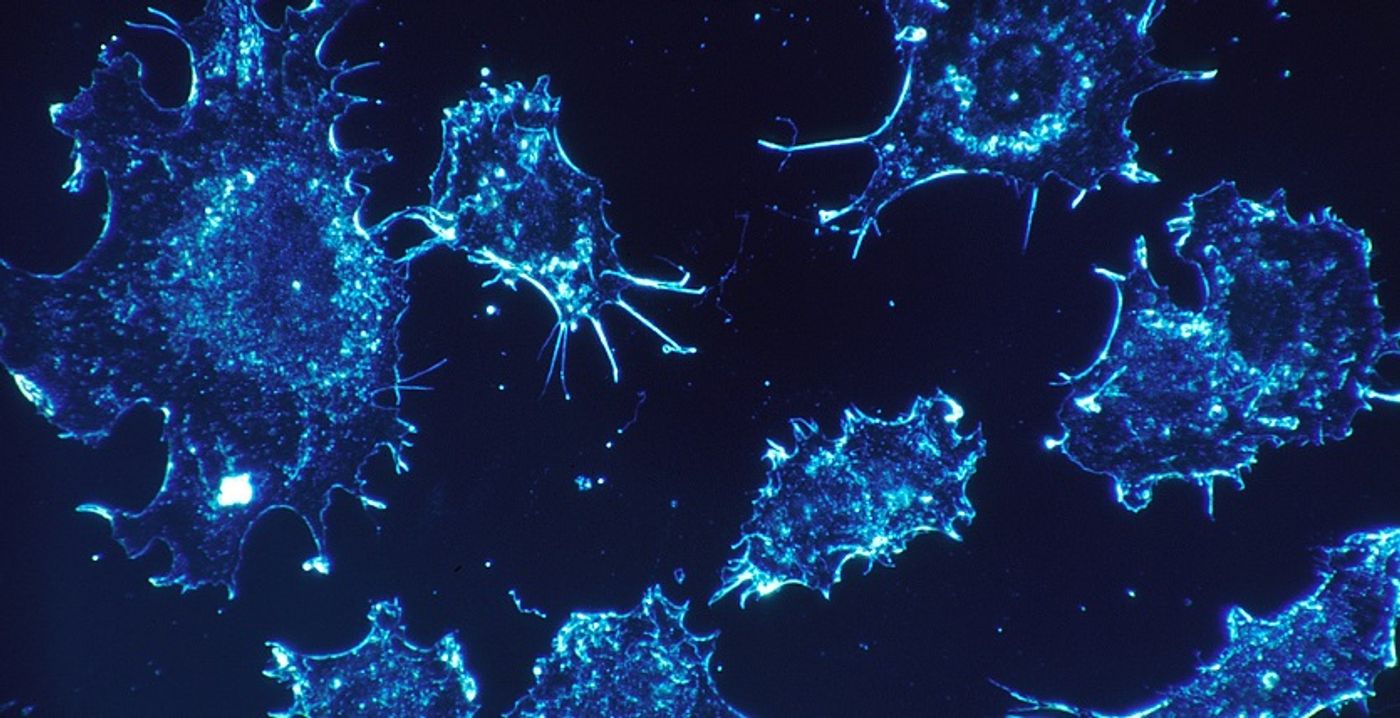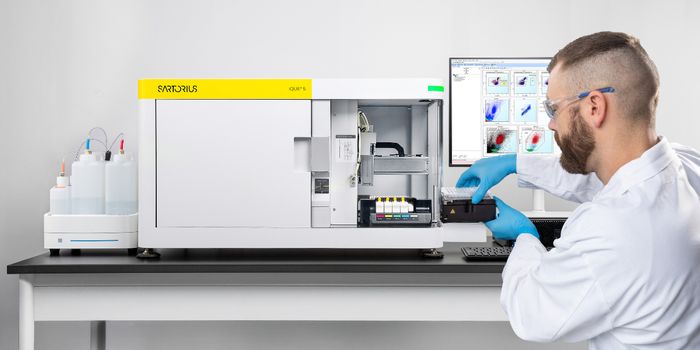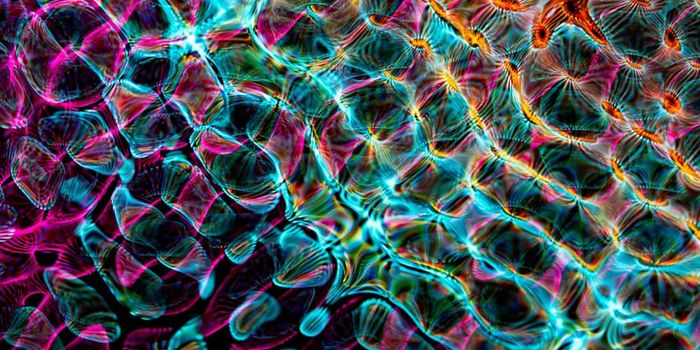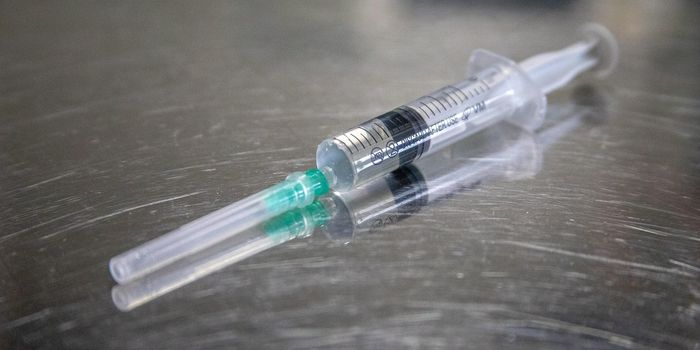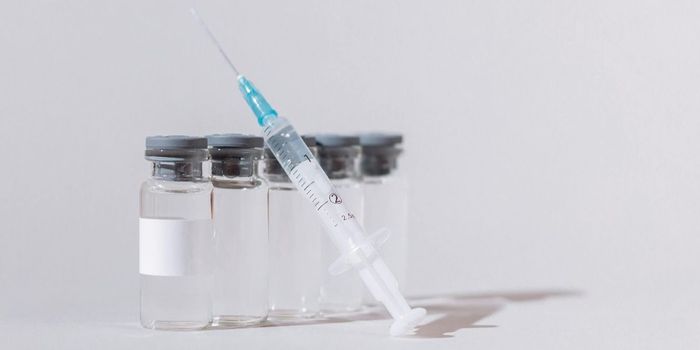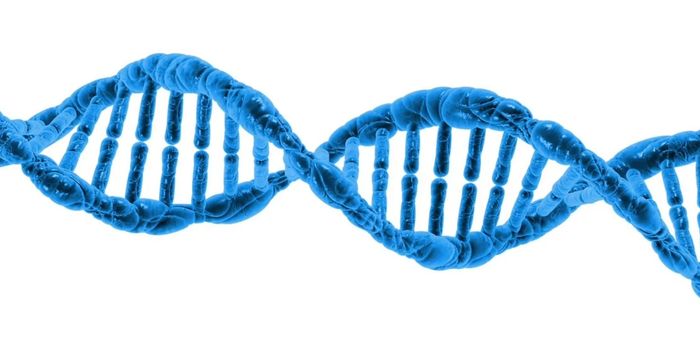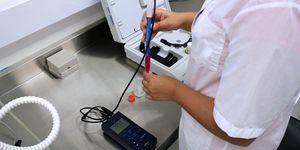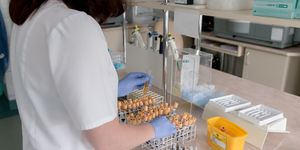A New Biomarker to Identify a Triple Negative Breast Cancer Prognosis
Breast cancer, one of the most common cancers in the world, are commonly separated into one of several sub-types. These can be identified by the overexpression or progesterone, and/or estrogen, or HER2. Triple negative breast cancer (TNBC) is when none of these are over-expressed, and this type of breast cancer is often quite aggressive and hard to treat. A group from France was investigating a protein called EPS15 homology domain containing protein 2 (EHD2), and decided to investigate a new possible link between EHD2 and TNBC.
EHD2 is a protein involved in the stabilization of something called caveolae, an area of the plasma membrane with high tension. Recent work connects low levels of EHD2 to a poor prognosis in esophageal squamous cell carcinoma patients, as well as a few other cancer types. The team decided to examine this association in breast cancer. To do this, they gathered a 526 breast cancer patient pool running back 30 years and began to measure EHD2 levels.
Starting off, they followed EHD2 mRNA levels. Low levels of EHD2 was found to be strongly associated with several poor prognostic phenotypes such as cellular proliferation and the TNBC sub-type. Measuring actual EHD2 protein levels agreed with this finding. A follow up in vitro assay using 22 breast cancer cell lines confirmed that there was a strong association with the TNBC sub-type and low EHD2 levels. Choosing three TNBC cell lines to represent high, medium, and low EHD2 levels, they identified a strong positive correlation between EHD2 levels and many phenotypes of aggressive cancers such as invasiveness and cellular proliferation. They also found that the pro-cancer cytokine IL-8 had a negative correlation with EHD2. This meant that when EHD2 levels were low, IL-8s were high and a pro-cancer phenotype could be observed.
The group then moved back to testing the initial patient pool for any EHD2 connections. As if to contradict the in vitro finding, low levels of EHD2 in TNBC patients was associated with a better metastatic-free survival (MFS) rate. Low EHD2 levels in TNBC patients also correlated with a good response to chemotherapy. This could be explained by a past observation of chemotherapy being effective against cancers with a strong cellular proliferation phenotype, however this work could not delve to deep into this aspect.
As a prognostic factor for TNBC patients, EHD2 seems to be able to indicate a good response for chemotherapies and MFS. The group notes the link between EHD2 and IL-8 is likely the reason for the in vitro pro-cancer phenotype seen in this study, as well as a possible mechanism by which chemotherapy might work better on low EHD2 level TNBCs. Chemotherapy has been shown to be effective against cancers with a high cellular proliferation phenotype. They conclude “Altogether, our study not only reveals that EHD2 acts as a tumor suppressor, it is also a new independent prognostic factor of metastasis-free survival and a new biomarker of chemotherapy response in TNBC patients.”
